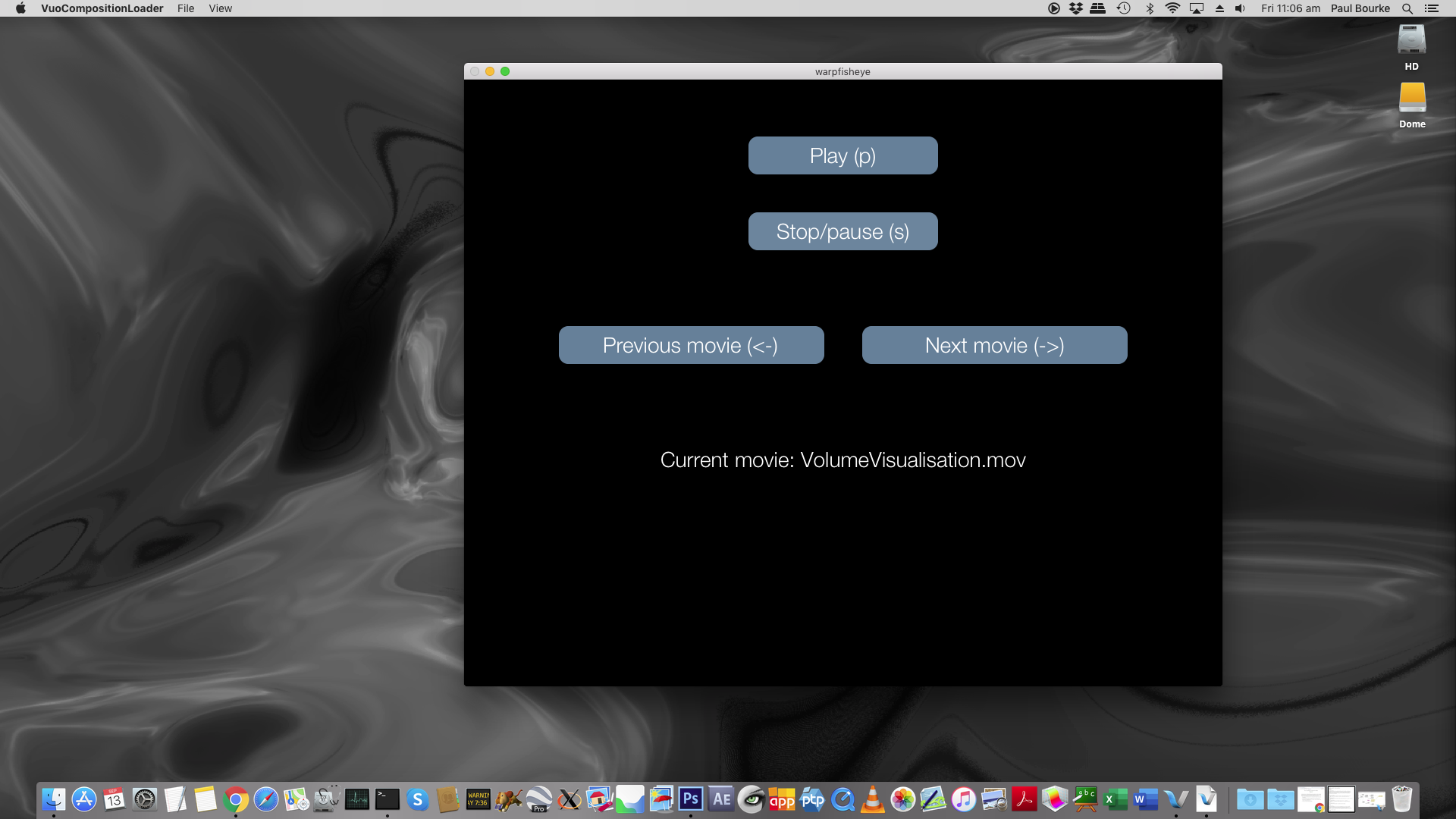

This color space assists the accuracy and reproducibility of visualization results. For an illustrative case study using a seismic tomography result, interpolation in CIELAB color space is shown to enable the creation of perceptually uniform linear gradients that match the underlying data, along with a simply computable metric for color difference, ΔE. This facilitates the creation of color-maps that accommodate the non-uniformity of human color perception, producing an image where genuine features are seen, taking account of aspects of the data such as parameter uncertainty. Color-mappings using illustrative color spaces (RGB, CIELAB) are compared with the aid of interactive displays of the applied gradient paths through the chosen color spaces. The second original research chapter presents a suite of newly written computer applications for 2D data, which enable spatially varying data to be displayed and analyzed in a performant graphics environment. Four different types of storm and non-storm events are characterized and compared with conventional analysis, noting the advantages and limitations of data analysis using animation and human interaction. These data serve as a proxy for the understanding of Southern Ocean storminess, which has both local and global implications.
#SYPHONE CAPTURE VUO SOFTWARE#
In a case study, the software was used to characterize a decade (2000–2009) of data recorded by the Cape Sorell Waverider Buoy, located approximately 10 km off the West coast of Tasmania, Australia. It makes use of interoperable data formats, and cloud-based (or local) data storage and computation.

The tool provides a rapid pre-pass process using fast GPU-based OpenGL graphics and data-handling.

User-generated metadata allows subsets of the data to be tagged for subsequent closer investigation. It uses an animated interface and Human- Computer Interaction (HCI) to utilize the capacity of human expert observers to identify features via enhanced visual analytics. Following a review of the conceptual background, and the landscape of computer graphics technologies, the first original research chapter presents interactive software and workflows to visualize large geoscientific time-series datasets. Throughout the research, a commitment to a well-posed visual display is developed, respecting underlying data values through the managed use of color and other graphic variables. The software applications written in response to this opportunity therefore make strong use of interactivity in the reconnaissance exploration of example datasets. It draws on the immense potential of the human user for feature detection through connecting scientific data formats to computer graphics technologies.

The research described in this thesis aims to apply a novel set of technical resources to visualization in the geosciences. Such data visualizations are critical in the geosciences given the need to draw meaning from time-varying, spatial or volumetric data, and given the increasing size of the datasets available for analysis of the natural, physical world. They facilitate the formation of scientific knowledge about the physical world, based on underlying observations of diverse kinds, through representations that are understood by practitioners of the relevant discipline area. Visual displays are a formidable means of conveying information to the human brain.


 0 kommentar(er)
0 kommentar(er)
